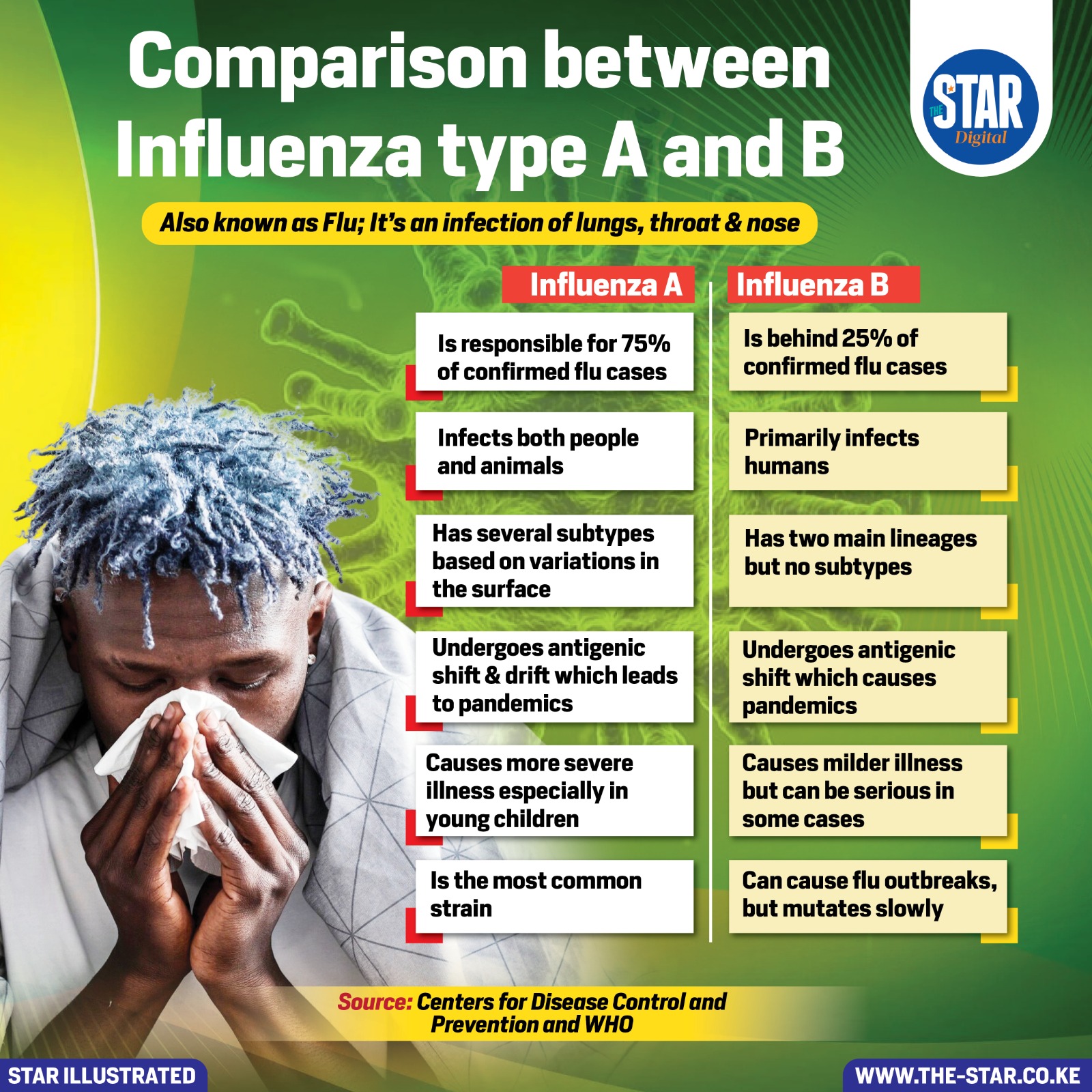
It infects both humans and animals and is classified into subtypes based on the combination of hemagglutinin (H) and neuraminidase (N) proteins, such as H1N1 and H3N2.
Type B influenza, on the other hand, affects only humans and is generally associated with milder seasonal epidemics.
Unlike type A, it does not have subtypes but is divided into two lineages: B/Yamagata and B/Victoria. Both types share similar symptoms—fever, cough, sore throat, and fatigue—and are spread through respiratory droplets.
Vaccines for each flu season are designed to protect against multiple strains of both A and B types.
Understanding these differences is essential for public health planning, effective vaccination, and managing outbreaks more efficiently.











